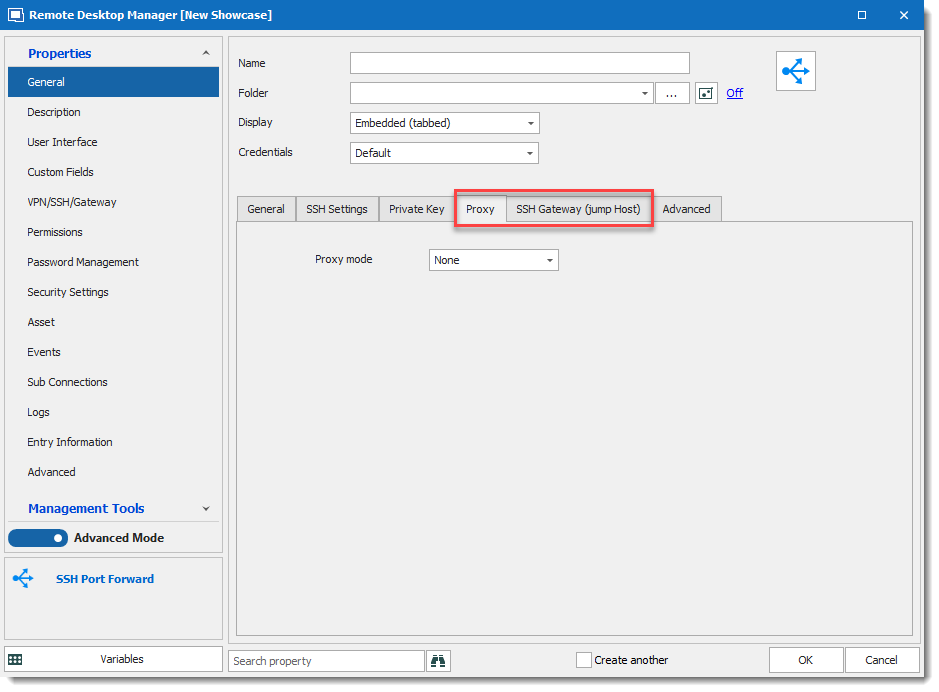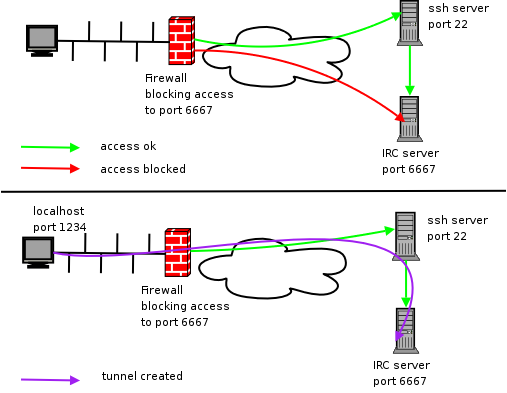
OPENSSH PORT PASSWORD
When the public key is present on the remote end and the matching private key is present on the local end, typing in the password is no longer required. This file is respected by SSH only if it is not writable by anything apart from the owner and root. On Unix-like systems, the list of authorized public keys is typically stored in the home directory of the user that is allowed to log in remotely, in the file ~/.ssh/authorized_keys. Accepting an attacker's public key without validation will authorize an unauthorized attacker as a valid user.Īuthentication: OpenSSH key management

associate the public keys with identities, before accepting them as valid. In all versions of SSH it is important to verify unknown public keys, i.e. SSH only verifies that the same person offering the public key also owns the matching private key. While authentication is based on the private key, the key is never transferred through the network during authentication. In this scenario, the public key is placed on all computers that must allow access to the owner of the matching private key, which the owner keeps private. When the public-private key pair is generated by the user manually, the authentication is essentially performed when the key pair is created, and a session may then be opened automatically without a password prompt. In the simplest manner, both ends of a communication channel use automatically generated public-private key pairs to encrypt a network connection, and then use a password to authenticate the user. SSH may be used in several methodologies. SSH uses public-key cryptography to authenticate the remote computer and allow it to authenticate the user, if necessary.
OPENSSH PORT SOFTWARE
The most commonly implemented software stack is OpenSSH, released in 1999 as open-source software by the OpenBSD developers. The protocol specification distinguishes two major versions, referred to as SSH-1 and SSH-2. Subsequent development of the protocol suite proceeded in several developer groups, producing several variants of implementation.

SSH was first designed in 1995 by Finnish computer scientist Tatu Ylönen. SSH was designed on Unix-like operating systems, as a replacement for Telnet and for unsecured remote Unix shell protocols, such as the Berkeley Remote Shell (rsh) and the related rlogin and rexec protocols, which all use insecure, plaintext transmission of authentication tokens. SSH operates as a layered protocol suite comprising three principal hierarchical components: the transport layer provides server authentication, confidentiality, and integrity the user authentication protocol validates the user to the server and the connection protocol multiplexes the encrypted tunnel into multiple logical communication channels. SSH applications are based on a client–server architecture, connecting an SSH client instance with an SSH server. Its most notable applications are remote login and command-line execution. The Secure Shell Protocol ( SSH) is a cryptographic network protocol for operating network services securely over an unsecured network.


 0 kommentar(er)
0 kommentar(er)
